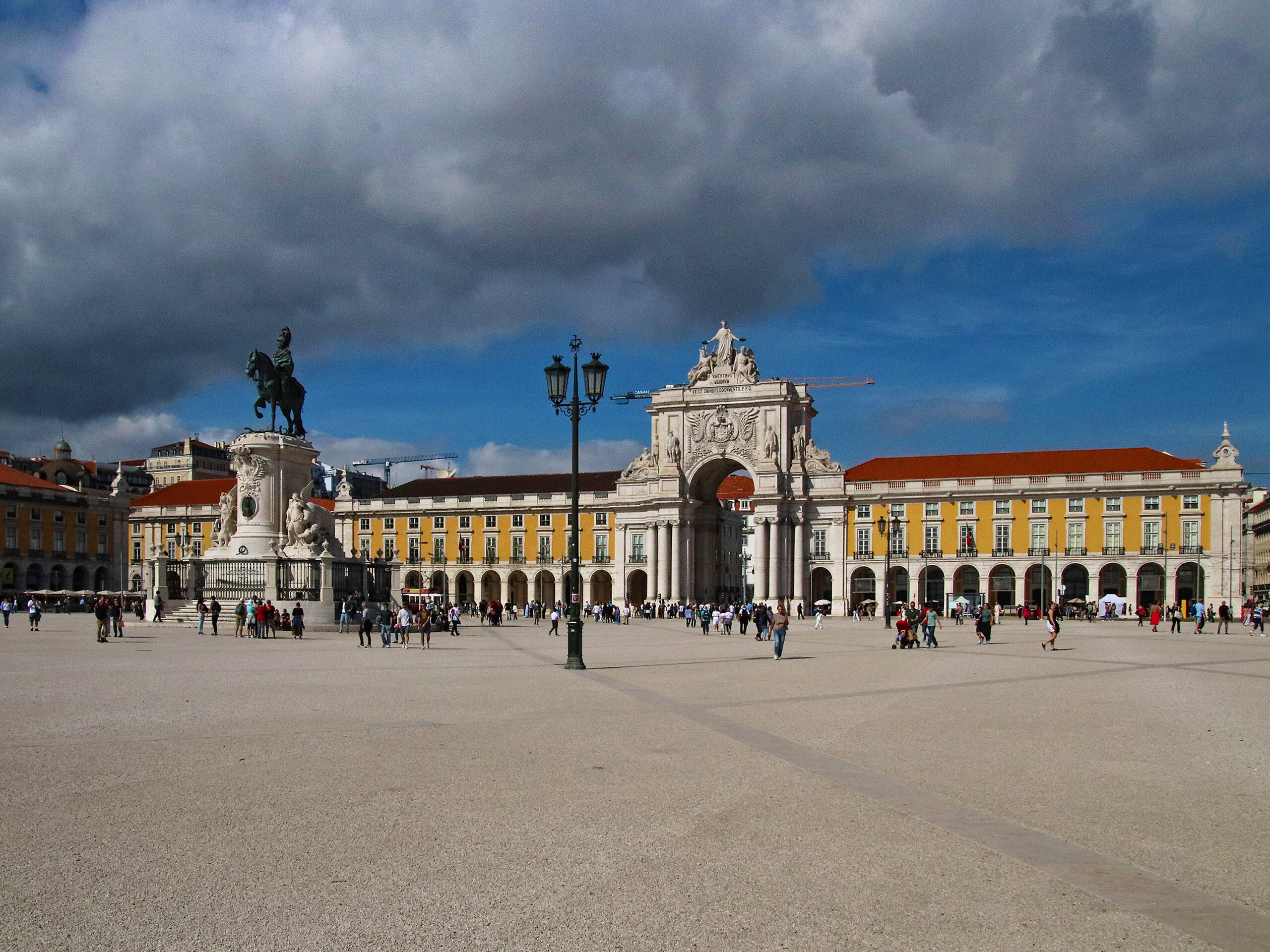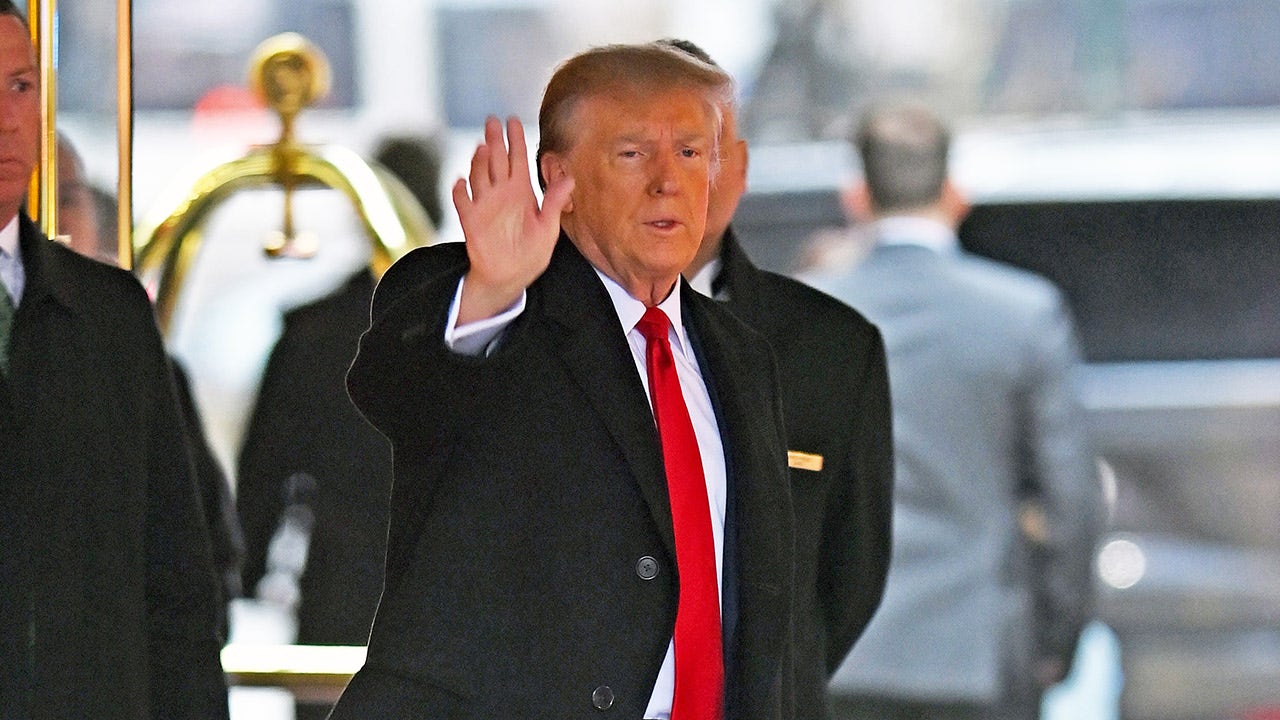By Irina Slav – Nov 01, 2024, 6:00 PM CDT
- Regardless of high storage levels, European gas costs stay unstable due to provide disturbances.
- The EU’s reliance on Russian gas continues, with alternative sources from the U.S. and Azerbaijan dealing with restrictions in conference Europe’s overall need.
- Professionals: Europe’s gas supply outlook may intensify in 2025 compared to 2024.

A year back, European political leaders stated the gas crisis from the near-complete stop of Russian products was over. The EU had actually turned to alternative gas providers, ensuring there would suffice to avoid scarcities and high costs. These guarantees now appear early.
Recently, European benchmark gas costs strike the greatest in a year on the news of a production interruption in Norway. On Friday, the Dutch Title Transfer Facility struck 43.68 euros per MWh, which was the greatest because December 2023. It appears the future holds more rate spikes– since that spike happened in spite of complete European gas storage caverns ahead of peak need season.
Everything began innocently enough. On Tuesday, Norway’s state significant Equinor suspended production at one of its platforms due to a smoke alert. Norway is the European Union’s biggest gas provider at the minute. It provides some 30% of the EU’s gas. When it reported the occurrence, Equinor noted it would not interfere with its export dedications. Gas costs increased.
It’s everything about supply security, naturally. It was supply security that drove European gas purchasers to hurry to develop a reserve early on in the year and make certain there sufficed in storage before winter started. Now, gas in storage in the EU is at 95%, which is excellent work– just it will not conserve the bloc from scarcities if the winter season turns out to be cooler than the last 2.
Related: Slovakia State Firm Denies EU Gas Deal With Azerbaijan Is Imminent
Early projections recommend this is precisely what might occur, yet once again highlighting the truth that the only factor the EU made it through winter season 2022-23 was luck, which brought the continent a milder-than-usual winter season. Luck is not something to lean on when it concerns the security of energy supply– which is why Russia is the EU’s second-largest provider of gas, sanctions and all.
The EU confessed as much itself in its State of the Energy Union Report, launched in September. “The share of Russian gas in EU imports dropped from 45% in 2021 to 18% by June 2024, while imports from relied on partners like Norway and the United States have actually increased,” the EU composed, however no matter just how much it attempts to highlight the shift to Norwegian and U.S. gas, the reality is that Russia provides more gas to Europe than the United States– despite just how much EU political leaders are attempting to suppress these products.
The reality this continues is easy evidence that Europe still requires a great deal of gas in spite of its voluntary need damage because 2022. That need damage, per the State of the Energy Union Report, stood at 138 billion cu m in between August 2022 and May 2024. It is not something to be happy with– not when companies are closing down since of excessive energy rates. The EU has actually done its finest to put a favorable spin on the need damage story, providing it as a success in lowering the bloc’s reliance on Russian natural gas.
Concentrating on that, nevertheless, those doing the spin appear to have actually forgotten that alternative supply is far from ensured. The current rate spikes are a rough suggestion of that. The Biden “time out” on brand-new LNG export terminal approvals was overruled in court, however it will still be a while before all the prepared brand-new capability gets constructed. It will be years. And Europe requires the gas now– due to the fact that Ukraine stated it would not restore its gas transit handle Russia, and the Ukrainian pipeline is the just one still bring Russian gas, besides LNG, into the EU.
Bloomberg reported today that the EU was talking about alternative materials with Azerbaijan that would change Russian gas streaming along Ukraine’s pipeline network to Europe– however just partly. “The agreement would require to include a so-called swap arrangement in between Azerbaijan and Russia due to the fact that Azerbaijan does not have sufficient export capability to change the existing materials,” Bloomberg discussed.
The news, when it broke, pressed TTF rates down not surprisingly. The decrease did not last long, and costs rebounded quickly enough. Due to the fact that need for gas is growing worldwide, winter season is coming, and the handle Azerbaijan is not yet settled.
All these aspects “have actually raised dangers that the gas supply outlook for Europe might not be any much better in 2025 compared to 2024, however, in reality, might be even worse,” HSBC’s head of European oil and gas research study, Kim Fustier, informed Bloomberg.
Unless the EU discovers a total replacement for Russian gas, it might end the winter season with gas storage simply 30% complete and even greater costs. For context, last winter season, the EU emerged from heating season with storage complete at 58%, which was rather a comfortable level that resulted in comfortable costs. In a worst-case situation, Europe may even clear its storage caverns to keep the lights on and the heating on– Asia likes LNG, too, and the winter season is not typically the ideal season for wind and solar. Europe’s gas issues are far from over.
By Irina Slav for Oilprice.com
More Top Reads From Oilprice.com
- Unforeseen Crude, Product Draws Send Oil Prices Up
- OPEC Lifts October Production Ahead of Planned Production Hikes
- New Survey Shows Grim Outlook For Oil Markets
![]()
Irina Slav
Irina is an author for Oilprice.com with over a years of experience composing on the oil and gas market.







